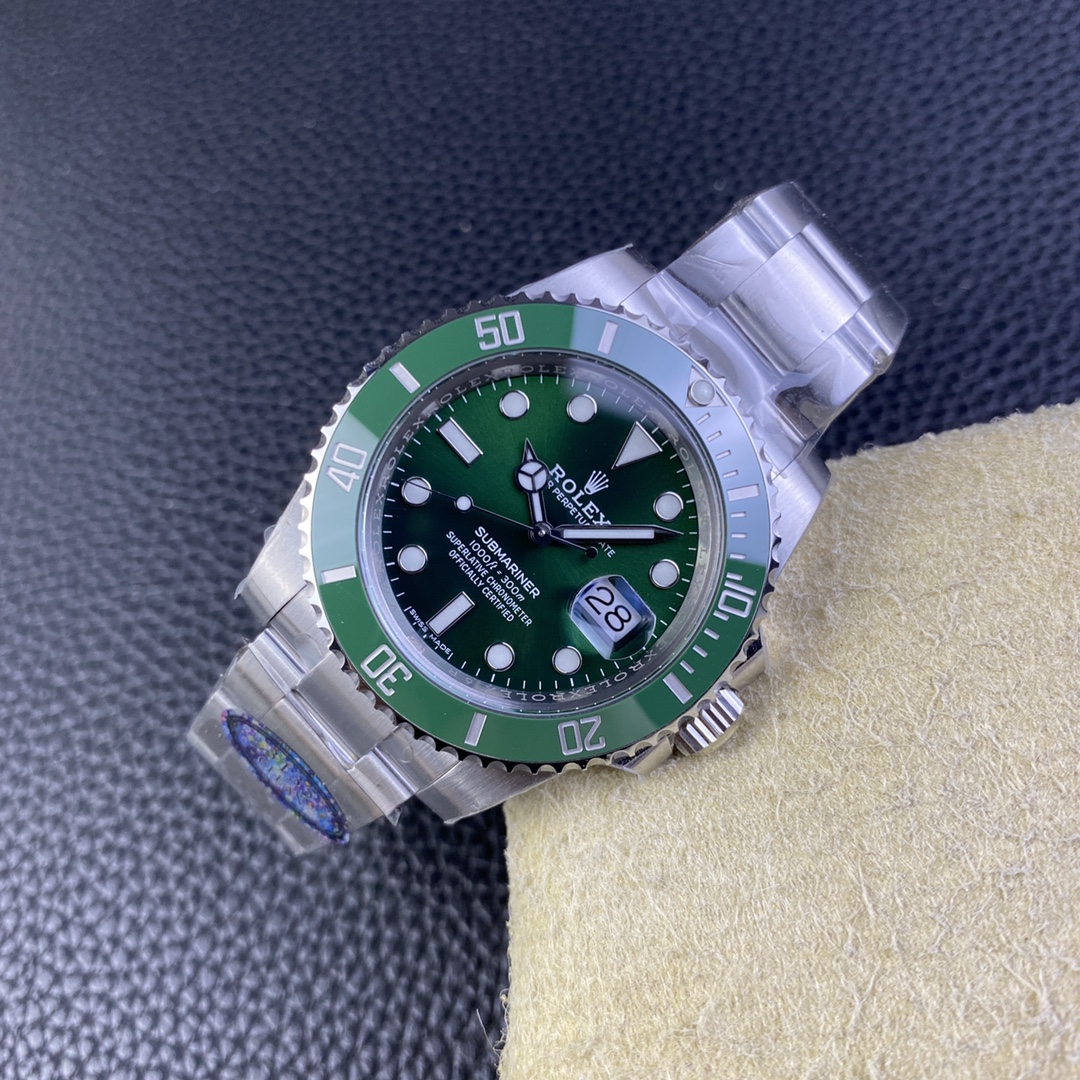
One of the most appealing aspects of Rolex watches is their enduring design. Whether it’s a sports watch like the Submariner or a dress watch like the Day-Date, many Rolex models have maintained their classic look since their inception. Despite their consistent design philosophy, replica Rolex has made subtle improvements over the years. The brand is known for its careful updates, which preserve the iconic appearance while incorporating gradual technological advancements. 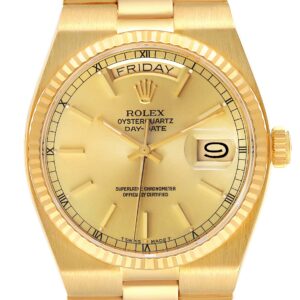
A key way to identify important features of a Rolex watch is through its reference number. Let’s explore the differences between 4, 5, and 6-digit reference numbers on Rolex watches and what they reveal about each model.
Decoding Rolex Reference Numbers
Rolex reference numbers, while seemingly random at first, provide a wealth of information about a watch’s production era, model type, bezel style, appearance, and even the materials used for its case and bracelet. Here’s a quick guide to understanding these numbers:
First two to four digits: Indicate the model type or family, such as the Datejust, Daytona, or Yacht-Master.
Second-to-last digit: Denotes the bezel type, such as smooth, rotating, or fluted.
Final digit: Specifies the material of the replica watch, like steel or Everose gold.
Letters: Describe gems, colors, and other elements.
For a comprehensive guide, refer to our “Rolex Reference Numbers Explained.”
Evolution of Rolex Reference Numbers
Over time, Rolex has used different lengths of reference numbers, ranging from 4 to 6 digits. These numbers are engraved between the lugs on the 12 o’clock side of the case. Here’s how they evolved: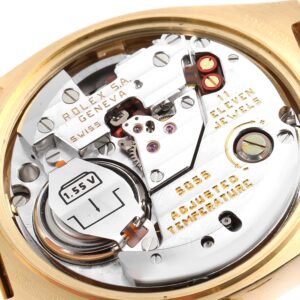
Production Periods
The number of digits in a Rolex reference number can indicate the production era. Rolex gradually added digits to its reference number system for each model, so there isn’t a single year when all watches transitioned to a longer reference number.
Generally, wholesale Rolex watches with four-digit reference numbers were produced before the late 1980s and are considered vintage. The brand began using five-digit numbers in the late 1970s and completed the transition by the late 1980s. Whether a five-digit Rolex is vintage or discontinued depends on its age.
In the 2000s, Rolex introduced six-digit reference numbers by prefixing the existing number with a 1 or 2. For example, the Explorer II’s reference number changed from 16570 to 216570, while the core numbering scheme remained consistent.
Rolex Reference Numbers and Letter Codes
In 2005, Rolex introduced the Cerachrom ceramic bezel, which was accompanied by the introduction of six-digit reference numbers and the addition of two or four-letter suffixes. These letters indicate the color of the Cerachrom bezel on a watch. 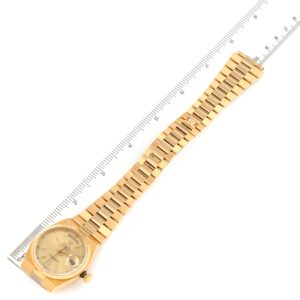
For instance, the Rolex Kermit ref 16610LV uses “LV” for Lunette Vert, or green bezel, while the Rolex Milgauss ref 116400GV uses “GV” for Glace Verte, or green glass. Models with two-tone ceramic bezels, like the GMT-Master II Batman 116710BLNR, have four-letter codes. “BL” and “NR” stand for “blue” and “noir,” signifying a black and blue ceramic bezel.
Previously, a six-digit reference number indicated that a watch was in current production. However, starting around 2015, Rolex began retiring some six-digit models and replacing them with updated versions, while maintaining the six-digit system.
Luminescent Materials in Rolex Watches
The luminescent material on a clone Rolex dial can also help distinguish between 4, 5, and 6-digit versions. As luminescent materials evolved, different lume types appeared on models with the same reference number.
Radium was used until the early 1960s, tritium until the late 1990s, LumiNova until around 2000, Super-LumiNova until the late 2000s, and Chromalight from 2008 onward. Chromalight was initially used alongside Super-LumiNova until Rolex fully transitioned to its proprietary blue-glowing Chromalight.
A watch using tritium or radium likely has a four or five-digit reference number. Those with Luminova or Super-LumiNova typically have five or six digits, while Chromalight indicates a six-digit reference number.
Crystals and Bezels in Rolex Watches
Rolex has also updated the crystals that protect its dials, moving from acrylic to sapphire crystals. Five-digit references can have either acrylic or sapphire crystals, while all six-digit references feature sapphire.
Rolex eventually replaced aluminum bezels in the Submariner and Sea-Dweller lines with Cerachrom and swapped the steel bezel of the Daytona for a ceramic version. Cerachrom also appears in matte form in the Yacht-Master series.
If your Rolex has a ceramic bezel, it’s a six-digit reference.
Evolution of Rolex Bracelets
Finally, Rolex bracelets have evolved over time. From the iconic Oyster to the elegant Jubilee, Rolex is renowned for its bracelet designs, which have been enhanced for durability and comfort.
Introduced in the late 1930s and patented in 1947, the Oyster bracelet originally had straight lugs but was later fitted with curved “flush-fit” end links for a precise fit. 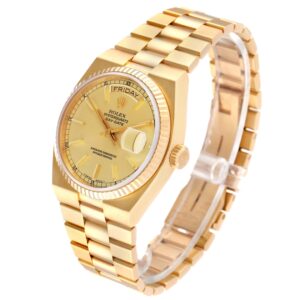
While the bracelets were well-crafted, the end links were historically the weakest part. These hollow links could rattle over time and had a noticeable seam. In the early 2000s, Rolex addressed this by adding solid end and center links to the Jubilee and Oyster bracelets, reducing potential damage by minimizing openings for dirt.